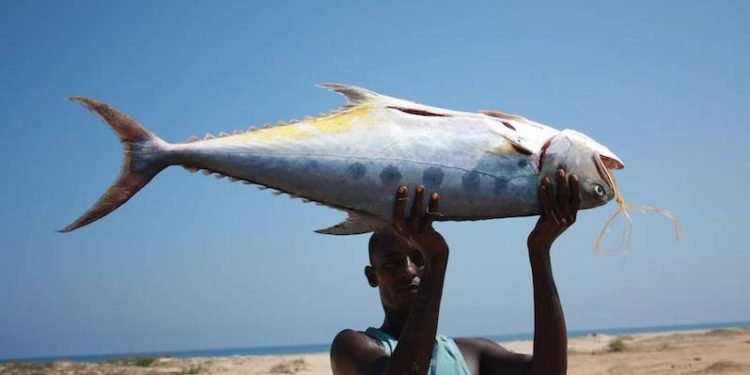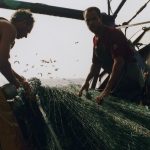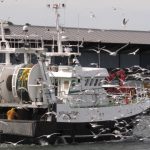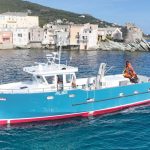After years of conflict, Somalia’s fisheries sector requires investment and capacity building to generate income and enhance food security for the communities along the country’s 3300-km coastline and for fishing communities in riverine areas that are dependent on fish for their livelihoods and nutritional needs.
According to the FAO, more than million people in Somalia face severe food insecurity, while an estimated 307,800 children under the age of five are acutely malnourished. Sustainable fisheries can serve a key role tackling food insecurity and malnutrition in the country, as well as generating rural employment and building resilience of fishing communities.
In partnership with Norway, Japan, Switzerland and the European Union, FAO has a holistic fisheries programme to rebuild and strengthen the sector in Somalia, which includes FADs that were deployed along the Somali coast in November and December 2015.
‘FADS are a deep-water mooring, which works by being out there in the ocean and attracting fish, primarily oceanic fish like tuna that are migrating through the area,’ explained FAO Fisheries Expert Charles Kilgour.
‘This gives the fishermen time to access these fish when they’re moving through that location.’
In the past, Somali fishermen had to search for fish like tuna, travelling long distances in unsafe boats to do so. The FADs concentrate fish around them, allowing fishermen to find them more easily, a development that is easier, safer, and more cost-effective than searching the open ocean.
‘Fish aggregating devices will help the fishers of Somalia and will place greater emphasis on the fisheries sector, particularly artisanal fisheries,’ commented Somali Federal Deputy Minister of Fisheries and Marine Resources Said Jama Mohamed.
‘This kind of technology is very new to Somalia, and the local fishermen are keen to adopt this.’
On-the-ground training is being held with local fishers and fishing cooperatives to ensure that the FADs are fully understood by the fishermen, can be well maintained by fishing communities and support sustainable fisheries management. Community work was commenced well before deployment, with the Community and Ministry identifying the best sites.
FAO Country Representative for Somalia Richard Trenchard agrees that these FADs can help stimulate longer-term development to support these communities.
‘As well as expanding the FADs programme to other areas, we will be working with the ministries and the fishing communities to attract further investment for ice machines, cold storage and processing facilities, improved landing sites and, of course, better roads to bring the new sustainable supply of fresh fish to markets as quickly as possible.’
FAO’s Fisheries coordinator in Somalia, Andy Read, reports on an early success after the launch of the FADs in the coastal community of Cadale.
‘We’re pleased to report that the local fishers in Cadale caught 32 tuna during their first days of fishing soon after the FAD deployment.’
The coastal fishing communities at the side of the FAD in Hawaiye also reported excellent catches in recent days. Small-scale fishermen caught tuna fish, king fish, tuna yellow fin and mackerel, allowing fishermen to earn between $2-3 US per kilo for their landings, a good income for Somali fishermen.









